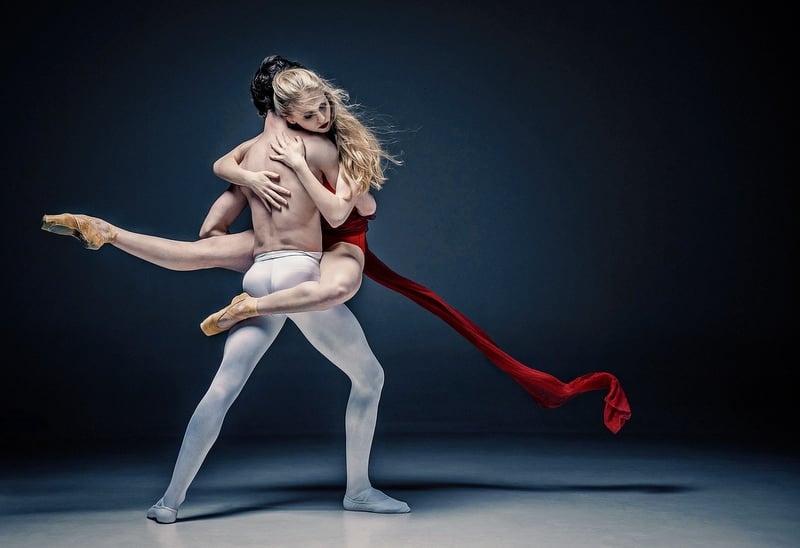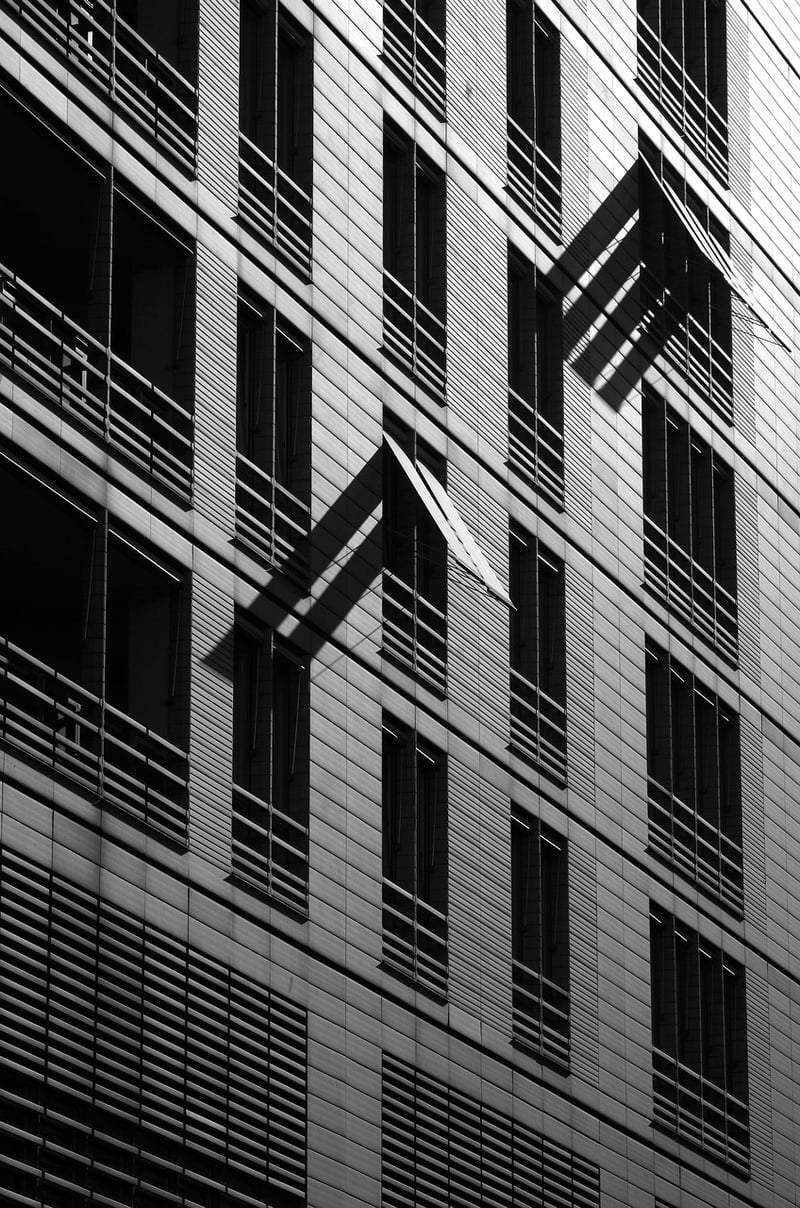Contemporary
Exploring Expressive Movement Forms in Contemporary Art
Expressive movement forms in contemporary art encompass a wide array of creative expressions that blend traditional dance, physical theater, and performance art. These innovative forms push the boundaries of artistic expression, inviting audiences to experience movement in new and captivating ways.
Key Elements of Expressive Movement Forms
Expressive movement forms focus on conveying emotions, ideas, and narratives through the physical body's language. Some key elements include:
- Fluidity of movement
- Emotional intensity
- Use of space and dynamics
- Interaction with the environment
- Integration of music and sound
Examples of Expressive Movement in Contemporary Art
Contemporary artists have embraced expressive movement forms to create unique and compelling performances that resonate with audiences. Some notable examples include:
- Pina Bausch: Known for her groundbreaking work in Tanztheater, a form that combines dance and theatrical elements to explore human emotions and relationships.
- Hofesh Shechter: Blending contemporary dance with elements of martial arts and street dance, Shechter's choreography is known for its raw physicality and powerful storytelling.
- Crystal Pite: Renowned for her innovative approach to choreography, Pite's work often delves into themes of vulnerability, transformation, and human connection.
Exploring the Intersection of Movement and Technology
In the digital age, artists are increasingly integrating technology into their expressive movement practices. Interactive installations, motion capture technology, and virtual reality experiences are reshaping the way audiences engage with movement-based art forms.
By merging traditional movement techniques with cutting-edge technology, artists are creating immersive and interactive performances that challenge conventional notions of space, time, and embodiment.
Conclusion
Expressive movement forms in contemporary art offer a dynamic and constantly evolving landscape for artists to explore the limitless potential of the human body as a tool for creative expression. By pushing boundaries, experimenting with new techniques, and embracing technology, artists continue to redefine the boundaries of what is possible in the realm of movement-based art.

Explore the world of expressive movement forms in contemporary art and witness the power of the human body as a canvas for creativity and emotion.
